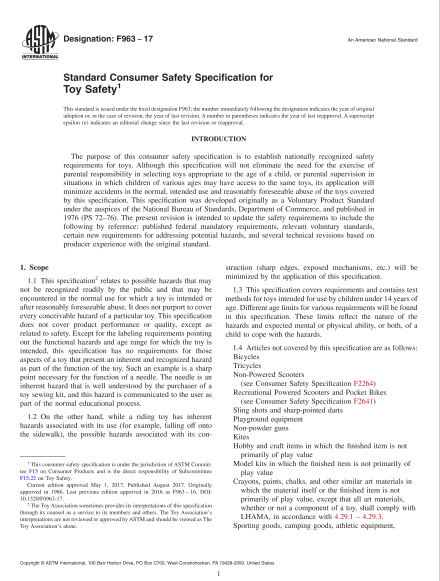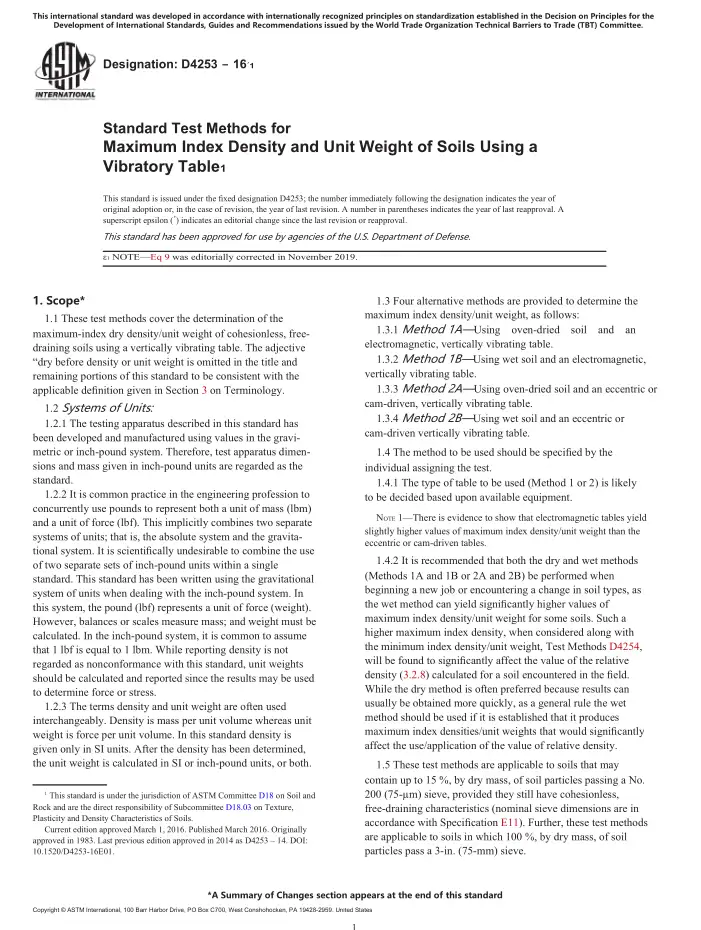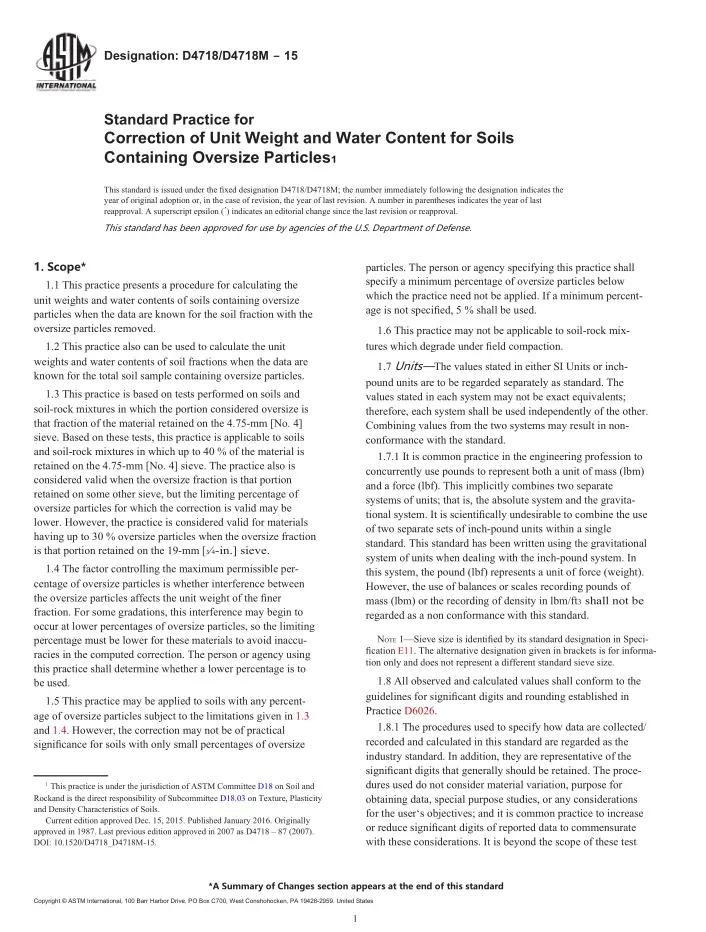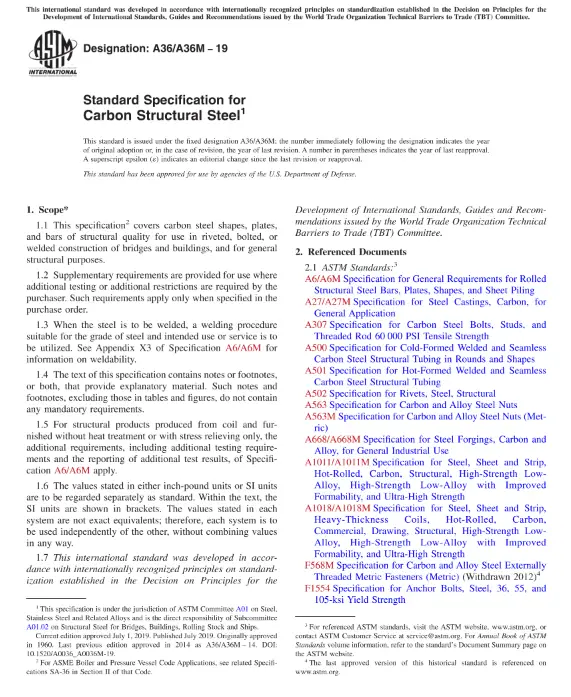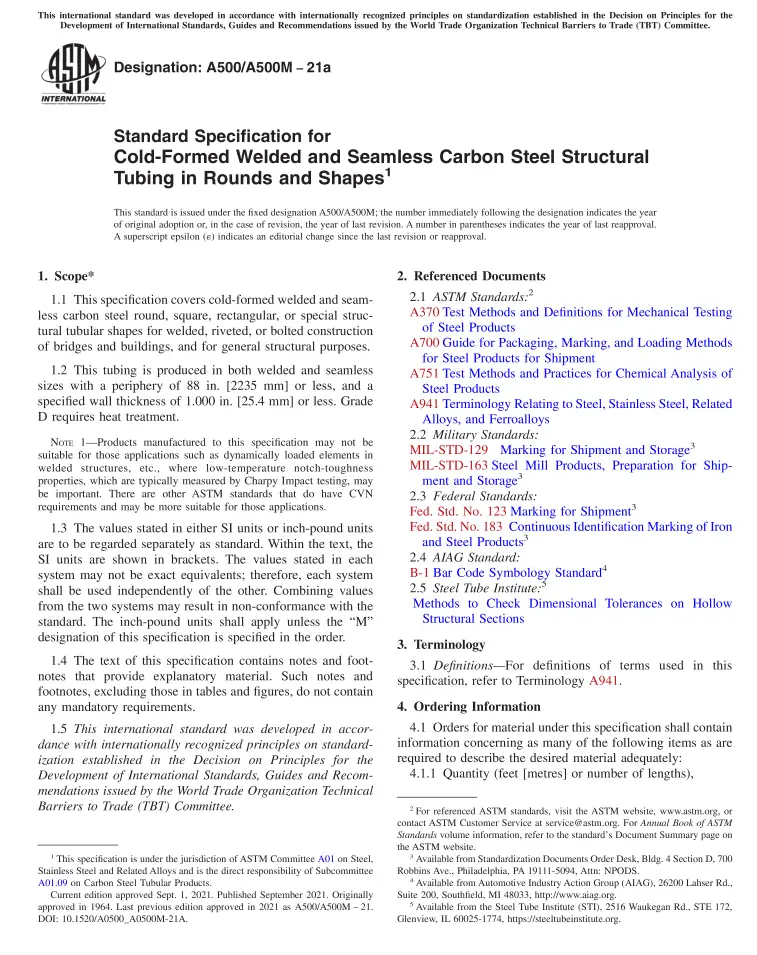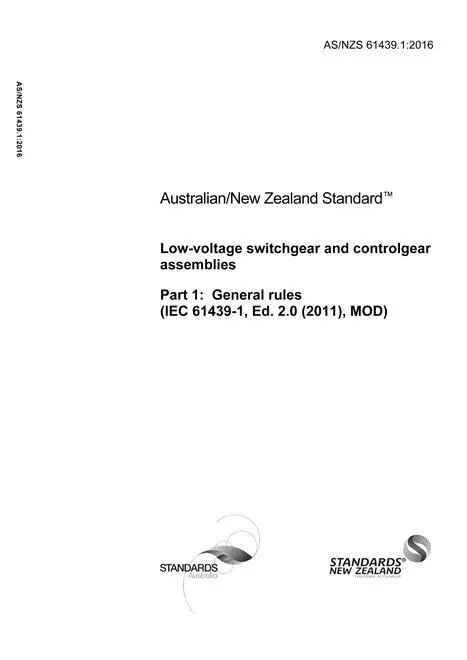ASTM F963, 2017 Edition, May 1, 2017 – Standard Consumer Safety Specification for Toy Safety
ASTM F963 specification2 relates to possible hazards that may not be recognized readily by the public and that may be encountered in the normal use for which a toy is intended or after reasonably foreseeable abuse. It does not purport to cover every conceivable hazard of a particular toy. This specification does not cover product performance or quality, except as related to safety. Except for the labeling requirements pointing out the functional hazards and age range for which the toy is intended, this specification has no requirements for those aspects of a toy that present an inherent and recognized hazard as part of the function of the toy. Such an example is a sharp point necessary for the function of a needle. The needle is an inherent hazard that is well understood by the purchaser of a toy sewing kit, and this hazard is communicated to the user as part of the normal educational process.
On the other hand, while a riding toy has inherent hazards associated with its use (for example, falling off onto the sidewalk), the possible hazards associated with its construction (sharp edges, exposed mechanisms, etc.) will be minimized by the application of this specification. 1.3 This specification covers requirements and contains test methods for toys intended for use by children under 14 years of age. Different age limits for various requirements will be found in this specification.
These limits reflect the nature of the hazards and expected mental or physical ability, or both, of a child to cope with the hazards.
Articles not covered by this specification are as follows:
Bicycles
Tricycles
Non-Powered Scooters
(see Consumer Safety Specification F2264)
Recreational Powered Scooters and Pocket Bikes
(see Consumer Safety Specification F2641)
Sling shots and sharp-pointed darts
Playground equipment
Non-powder guns
Kites
Hobby and craft items in which the finished item is not primarily of play value
Model kits in which the finished item is not primarily of play value
Crayons, paints, chalks, and other similar art materials in which the material itself or the finished item is not primarily of play value, except that all art materials, whether or not a component of a toy, shall comply with LHAMA, in accordance with 4.29.1 – 4.29.3.
Sporting goods, camping goods, athletic equipment, musical instruments, juvenile products, and furniture; however, toys that are their counterparts are covered. (It is recognized that there is often a fine line between, for example, a musical instrument or a sporting item and its toy counterpart. The intention of the producer or distributor, as well as normal use and reasonably foreseeable abuse, determines whether the item is a toy counterpart.)
Powered models of aircraft, rockets, boats, and land vehicles; however, toys that are their counterparts are covered.
Constant air inflatables
General guidelines for age labeling toys and toy packaging are contained in Annex A1.
Information regarding packaging and shipping is contained in Annex A2.
The values stated first are to be regarded as the standard. The values given in parentheses are for information only.
The following precautionary statement pertains only to the test methods portion, Section 8, of this specification: This standard does not purport to address all of the safety concerns, if any, associated with its use. It is the responsibility of the user of this standard to establish appropriate safety and health practices and determine the applicability of regulatory limitations prior to use.
This international standard was developed in accordance with internationally recognized principles on standardization established in the Decision on Principles for the Development of International Standards, Guides and Recommendations issued by the World Trade Organization Technical Barriers to Trade (TBT) Committee.
2 The Toy Association sometimes provides its interpretations of this specification through its counsel as a service to its members and others. The Toy Association’s interpretations are not reviewed or approved by ASTM and should be viewed as The Toy Association’s alone.
General Product Information:
| Revision | 2017 Edition |
| Document Type | |
| Document Language | English |
| Pages | 90 |
| Publisher | ASTM International (ASTM) |
| Status | Current |

